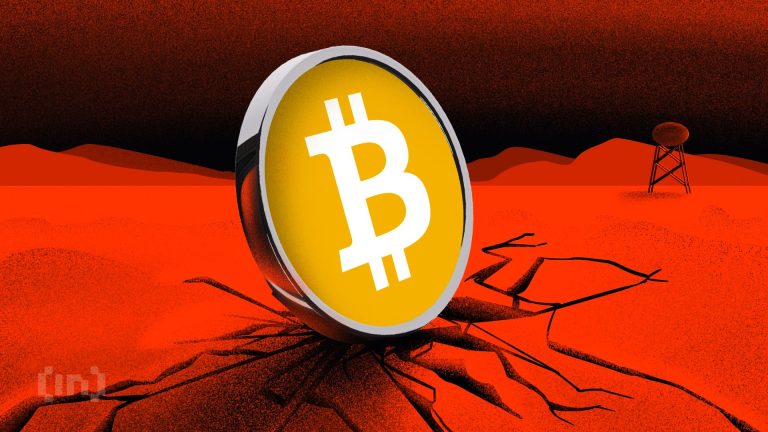
“
Beyond the Milky Way: Imagining New Worlds and Possibilities
Introduction to Space Exploration
Beyond the Milky Way: Imagining New Worlds and Possibilities is an exciting topic that has sparked the imagination of humans for centuries. As we continue to explore the vast expanse of the universe, we are constantly reminded of the infinite possibilities that lie beyond our galaxy. The Milky Way, which is our home galaxy, is just one of the billions of galaxies that make up the universe. In this article, we will delve into the mysteries of the universe and explore the possibilities that lie beyond the Milky Way.
Understanding the Universe
The universe is a vast and complex entity that is made up of billions of galaxies, each containing billions of stars. The universe is estimated to be around 13.8 billion years old, and it is still expanding. The Big Bang theory is the most widely accepted explanation for the origin of the universe, which suggests that the universe began as a single point and expanded rapidly around 13.8 billion years ago.
The universe is divided into several sections, including galaxies, galaxy clusters, and superclusters. Galaxies are massive systems that contain stars, gas, and dust, and they are held together by gravity. Galaxy clusters are groups of galaxies that are held together by gravity, and superclusters are large networks of galaxy clusters.
Exploring New Worlds
As we continue to explore the universe, we are constantly discovering new worlds and possibilities. With the help of advanced technology, such as telescopes and spacecraft, we are able to study the universe in greater detail than ever before. We have discovered thousands of exoplanets, which are planets that orbit stars outside of the Milky Way galaxy.
Some of these exoplanets are located in the habitable zones of their respective stars, which means that they have the potential to support life. The discovery of exoplanets has opened up new possibilities for the search for extraterrestrial life and has raised questions about the possibility of other forms of life existing in the universe.
Imagining New Possibilities
As we explore the universe and discover new worlds, we are constantly imagining new possibilities. We are forced to think about the potential for life beyond Earth and the implications of discovering extraterrestrial life. We are also forced to think about the potential for human exploration and colonization of other planets.
The possibility of human exploration and colonization of other planets raises several questions, including the feasibility of long-term space travel, the potential risks and benefits of establishing human settlements on other planets, and the implications for the environment and human society. For more insights on this topic, check out Galaxies of Dreams.
Takeaways
- The universe is a vast and complex entity that is made up of billions of galaxies, each containing billions of stars.
- The Milky Way is just one of the billions of galaxies that make up the universe.
- The universe is estimated to be around 13.8 billion years old, and it is still expanding.
- We have discovered thousands of exoplanets, which are planets that orbit stars outside of the Milky Way galaxy.
- The discovery of exoplanets has opened up new possibilities for the search for extraterrestrial life and has raised questions about the possibility of other forms of life existing in the universe.






